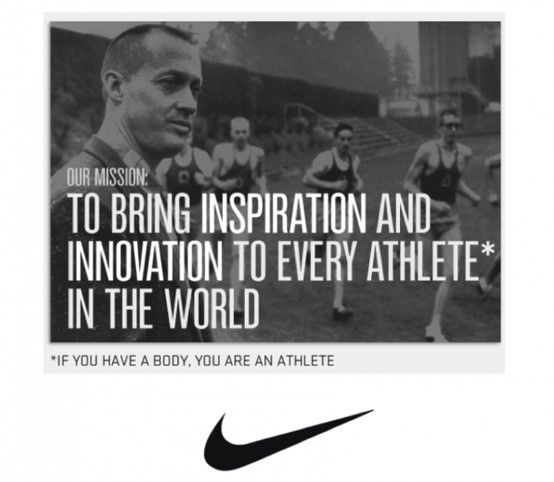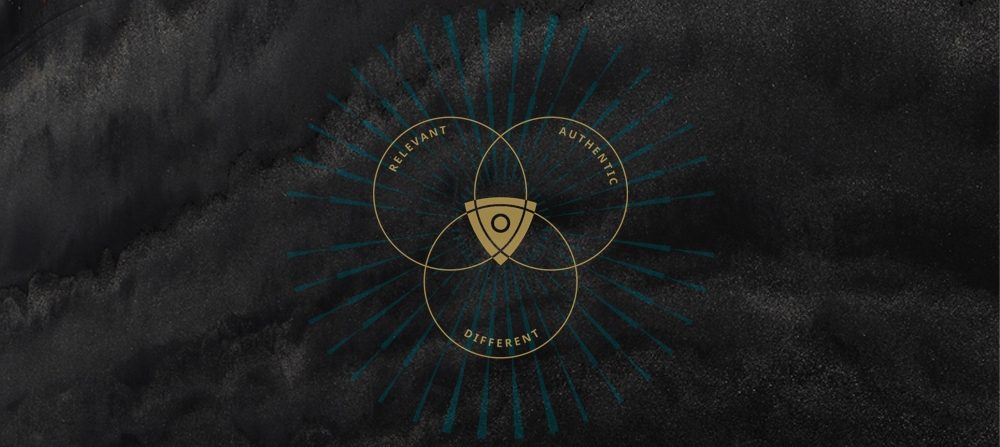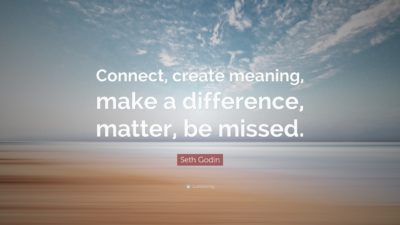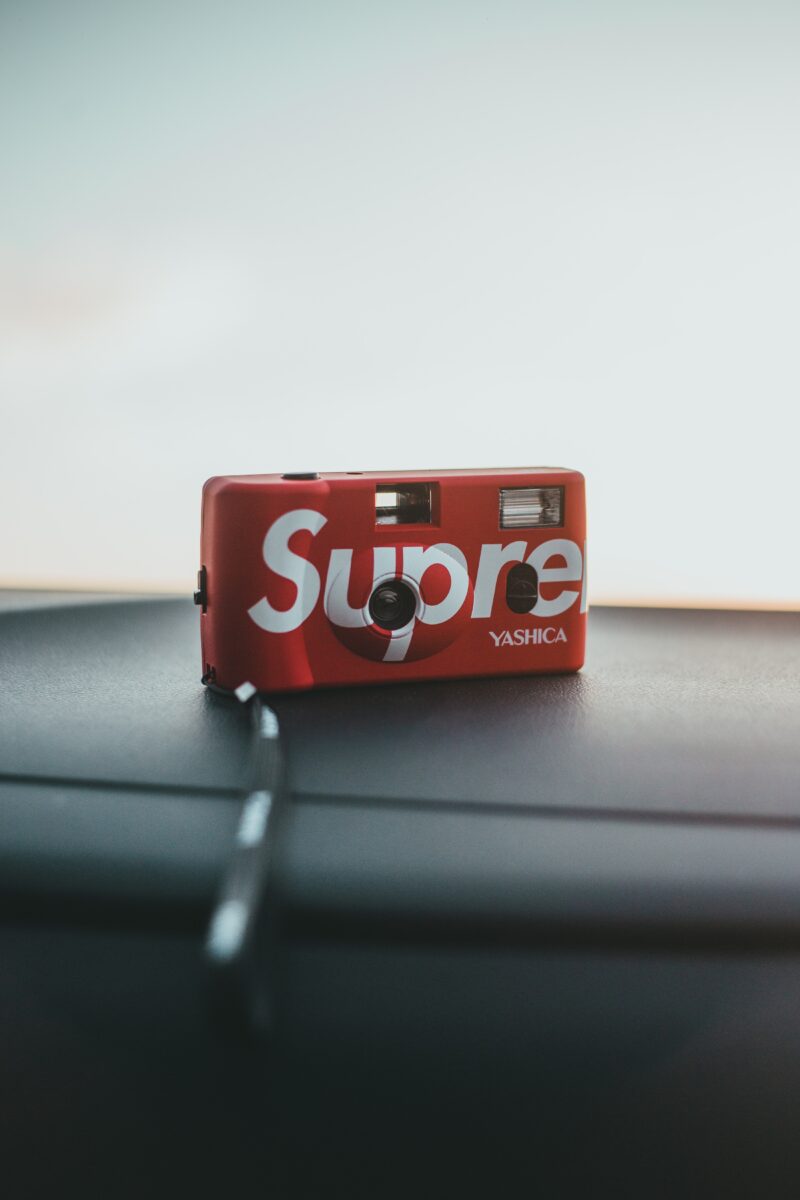Our brand is the only … that does …
How can a brand clarify its role, strengthen relationships with its audience and support the realisation of an organisational mission and vision? A good place to start is The Onlyness Test, developed by Marty Neumier in his book Zag.
Our 2020 brand research, including a national survey of 1,000 people and 8 focus groups with South Australians, reinforced the role brands play in creating a relationship with their customers.
It explains the irrational decision making of shoppers, as noted by a secondary school student last year:
“With clothing brands, people will generally say they’re better. You have a $5 shirt and a $20 shirt, and the only difference is a label even if they are the same. People tend to think the brand is a lot better, which is not always the case.”
But how can a brand clarify its role, strengthen relationships with its audience and support the realisation of an organisational mission and vision?
The Onlyness Test asks brands to fill in the blanks:

Our [offering] is the only [category] that [benefit].
Seemingly simple, this statement actually requires deep thinking on what your brand has to offer and the role it plays within the marketplace.
A few tips when engaging with The Onlyness Test
- Conduct a rapid-fire round
The exercise can quickly spiral into wordsmithing, frantic Googling of competitors and debates on whether the final statement holds true. To build momentum, write as many brand benefits as possible in three minutes. Edit, combine and eliminate benefits afterward to identify themes and misalignments. This brainstorm method is effective individually or as a group and lowers inhibitions around being ‘wrong’. The key is to encourage any thoughts without much concern on whether they are ‘good’ or ‘right’.
- Think big
‘Benefit’ should not be defined by your product function or service. The test does not require operational disruption or innovation because those are almost never sustainable points of differentiation.
At one point in time, Uber could claim it was the only ride-sharing service available through your smartphone. It didn’t take long before the model was adopted around the world.
The test demands articulation of brand values and vision in a way competitors can’t touch.
- Pressure test
Substituting your brand name for a competitor’s is the easiest way to determine if the completed statement is true. If the statement fails The Onlyness Test, refine until the statement is sufficiently specific. Details such as geography or target audience could be a way to simply state why your brand is differentiated from others.
Eventually, it could be worth quantitatively testing your statement among employees, customers and a broader audience. If customers can verify its truth and identify with the goal, the statement could be a sound basis for brand strategy and deepening the relationship with your target.
Testing the statement broadly can identify a potential growth market by analysing the demographic and psychographic groups that express interest in your proposition.
Let’s take an example:
Nike is the only brand that brings high performance apparel to every athlete.
Good effort for a rapid-fire, no-wrong-answer attempt, but this is a pretty weak statement. Nearly all of Nike’s competitors could stake some kind of claim here and it takes a myopic view of the offering and the role the brand plays. Let’s try again:
Nike is the only brand that “exists to bring inspiration and innovation to every athlete* in the world.” “*If you have a body, you are an athlete.”

Full disclosure, I didn’t write this. It’s directly from Nike and I’m sure it took longer than a three-minute speed brainstorm. But the statement clearly defines their view on what they offer, who they are for and the relationship they have with their audience.
With this mission in the forefront, the brand looks for ways to live its truth even beyond the realm of apparel and footwear. Nike inspires athletes around the world through apps, events and initiatives like Made to Play. It’s worth noting these efforts are not just for the sake of the brand, but the business – after all, the more athletes there are in the world, the more potential customers for Nike.
But the effect isn’t lost. In our 2020 study of most loved brands in Australia, Nike was among the top of the list.
Are you ready to try The Onlyness Test?
Share your statements in the comments and let us know if we can help you put it to the quantitative test.




